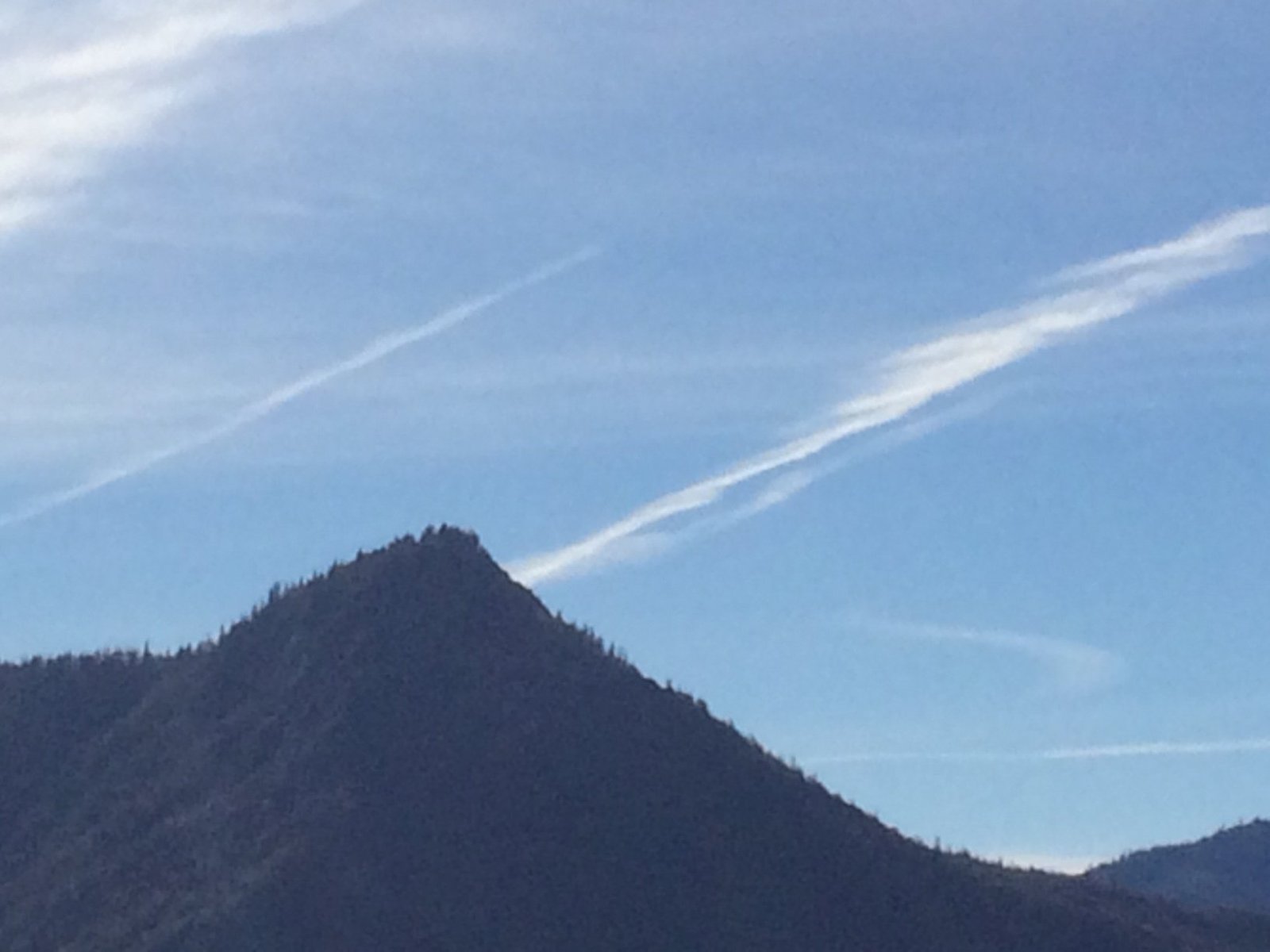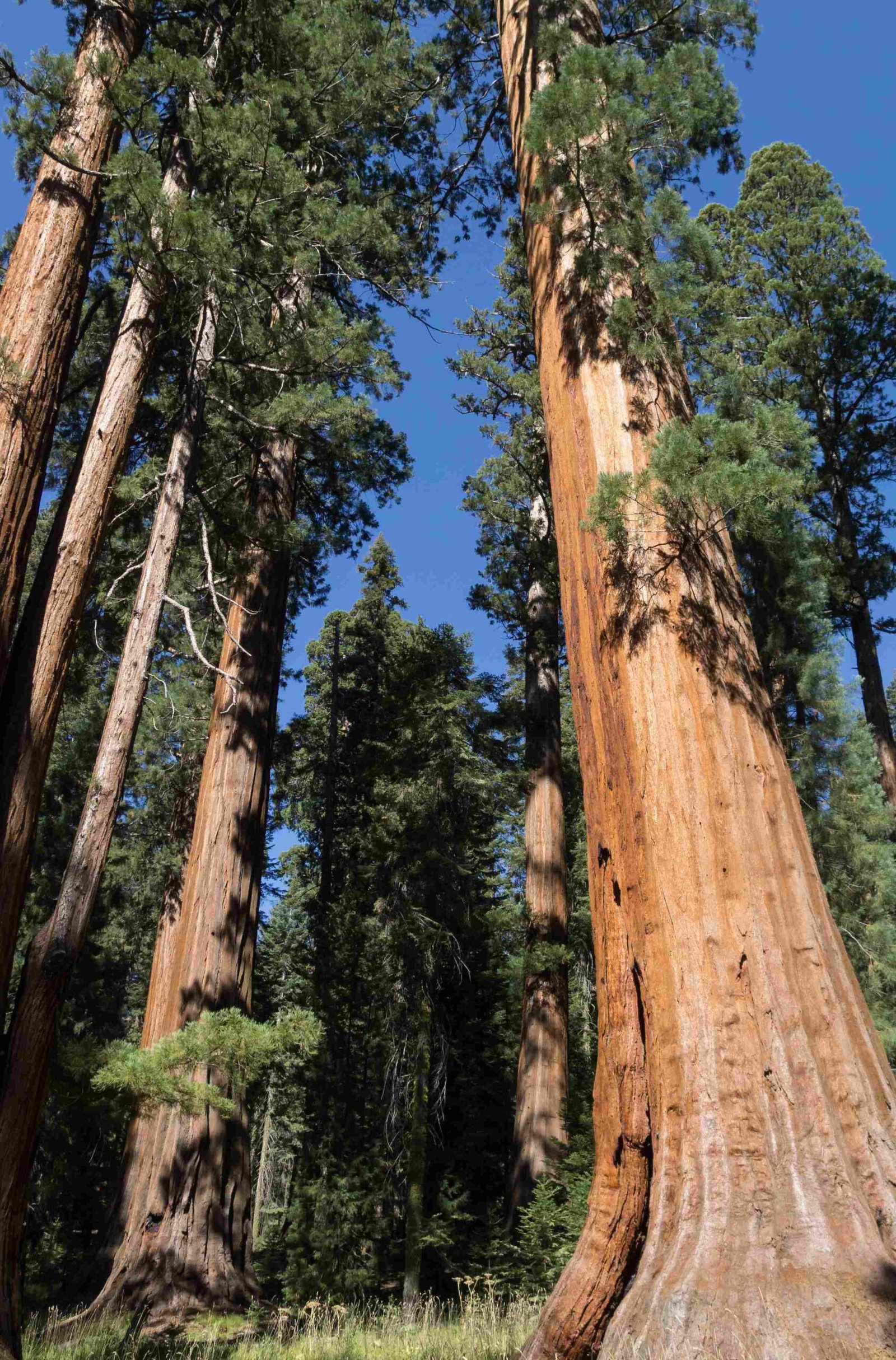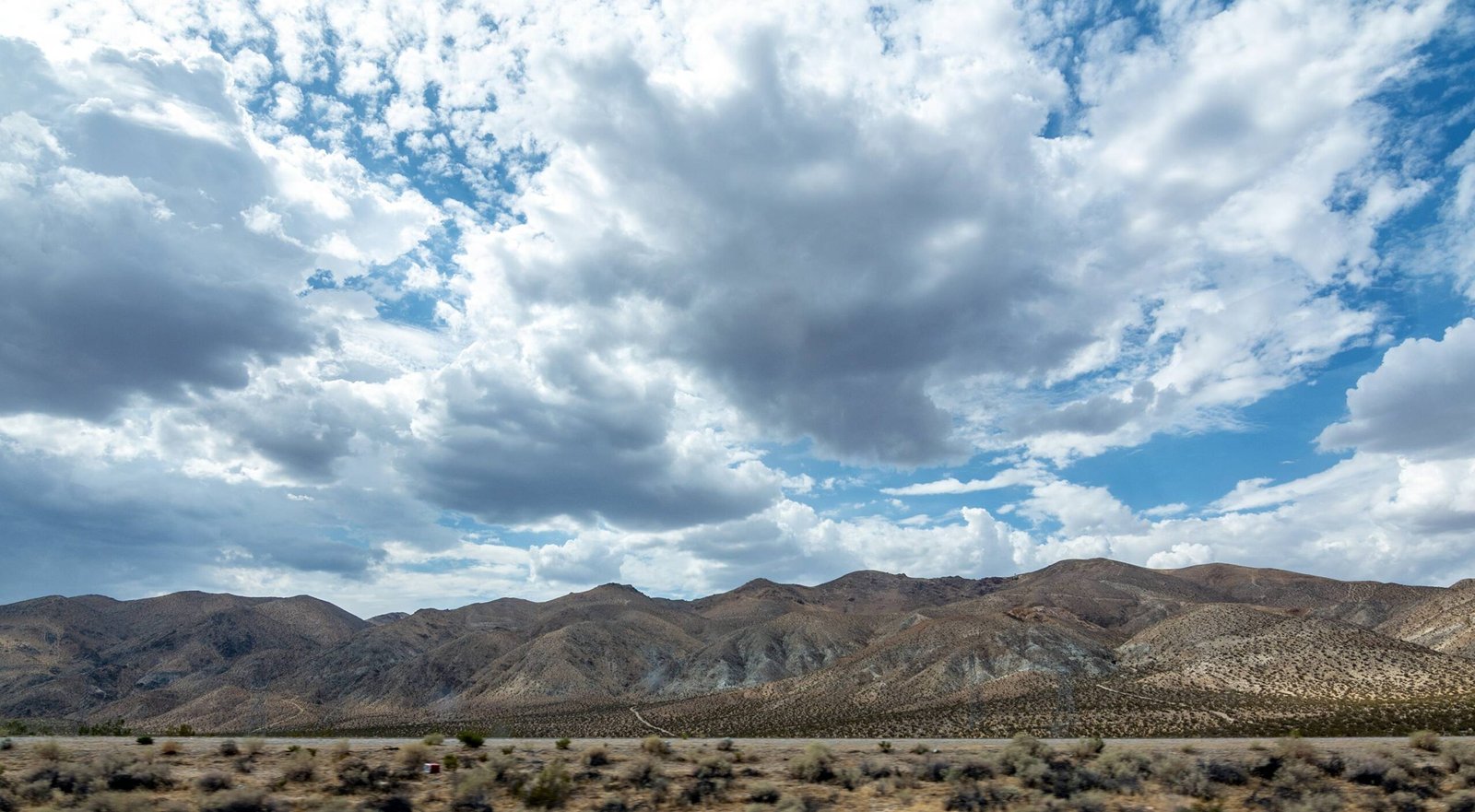Bristlecone pine trees, often associated with Sequoia National Park, are actually not found within its boundaries. This misconception stems from the fact that both bristlecone pines and giant sequoias are ancient, long-lived trees. However, bristlecone pines primarily grow in the White Mountains of eastern California, within the Inyo National Forest, and other high-altitude areas like Great Basin National Park. This article aims to clarify this common error and provide accurate information about bristlecone pines and their true habitats.
Where Can You Find Bristlecone Pines?

Bristlecone pines are primarily located in three main areas:
- Ancient Bristlecone Pine Forest in the White Mountains, California
- Great Basin National Park, Nevada
- Cedar Breaks National Monument, Utah
These trees thrive in harsh, high-altitude environments, typically between 9,000 and 11,000 feet above sea level. Their ability to survive in such extreme conditions contributes to their exceptional longevity.
What Makes Bristlecone Pines Unique?

Bristlecone pines are renowned for several remarkable characteristics:
- Age: Some specimens are over 4,000 years old, with the oldest known tree, “Methuselah,” estimated to be more than 4,500 years old.
- Resilience: They can survive in nutrient-poor soils and withstand extreme weather conditions.
- Growth Pattern: Their twisted, gnarled appearance is a result of slow growth in harsh environments.
- Wood Properties: Highly resinous wood protects them from decay, insects, and desiccation.
How Do Bristlecone Pines Differ from Sequoias?
While both bristlecone pines and sequoias are ancient trees, they have distinct differences:
| Characteristic | Bristlecone Pine | Giant Sequoia |
|---|---|---|
| Scientific Name | Pinus longaeva | Sequoiadendron giganteum |
| Height | 40-60 feet | Up to 311 feet |
| Lifespan | 4,000+ years | 3,000+ years |
| Habitat | High-altitude, arid regions | Sierra Nevada mountains |
| Bark | Thin, scaly | Thick, fibrous |
| Cones | Small, bristled | Large, woody |
Why Are Bristlecone Pines Not Found in Sequoia National Park?
Bristlecone pines and giant sequoias have different habitat requirements:
- Elevation: Bristlecone pines grow at higher elevations (9,000-11,000 feet) compared to sequoias (4,000-8,000 feet).
- Climate: Bristlecone pines prefer drier, more extreme conditions than the relatively moist environment of Sequoia National Park.
- Soil: Bristlecone pines thrive in alkaline, dolomite-rich soils, while sequoias prefer well-drained, granite-based soils.
Where Can You See Bristlecone Pines?
To view these ancient trees, consider visiting:
- Ancient Bristlecone Pine Forest, Inyo National Forest, California
- Great Basin National Park, Nevada
- Cedar Breaks National Monument, Utah
What Are Some Notable Hiking Trails to See Bristlecone Pines?
- Methuselah Trail
- Location: Ancient Bristlecone Pine Forest
- Length: 4.5 miles round trip
- Difficulty: Moderate
-
Highlights: Views of the oldest known bristlecone pine
-
Discovery Trail
- Location: Great Basin National Park
- Length: 2.8 miles round trip
- Difficulty: Easy to moderate
-
Highlights: Interpretive signs about bristlecone pines and their ecosystem
-
Spectra Point/Ramparts Overlook Trail
- Location: Cedar Breaks National Monument
- Length: 4 miles round trip
- Difficulty: Moderate
- Highlights: Panoramic views and bristlecone pine groves
How Can You Plan a Visit to See Bristlecone Pines?
When planning a trip to see bristlecone pines:
- Best Time to Visit: Late spring to early fall, when roads are clear of snow
- Preparation:
- Bring plenty of water and snacks
- Wear sturdy hiking shoes
- Pack layers for changing weather conditions
- Altitude Considerations: Be aware of potential altitude sickness symptoms
- Leave No Trace: Follow park guidelines to protect these ancient trees
What Conservation Efforts Protect Bristlecone Pines?
Several measures are in place to protect bristlecone pines:
- Restricted access to certain groves
- Educational programs to raise awareness
- Ongoing research to understand climate change impacts
- Fire management strategies
How Do Climate Changes Affect Bristlecone Pines?
Climate change poses several threats to bristlecone pines:
- Temperature Increases: May push their habitat to even higher elevations
- Drought: Could stress trees and increase susceptibility to pests
- Altered Fire Regimes: More frequent wildfires may threaten groves
- Pest Outbreaks: Warmer temperatures could lead to increased bark beetle activity
What Can Visitors Learn from Bristlecone Pines?
Bristlecone pines offer valuable lessons:
- Resilience in the face of adversity
- Adaptation to extreme environments
- The importance of conservation efforts
- The long-term impacts of climate change
While bristlecone pines are not found in Sequoia National Park, they remain one of nature’s most fascinating and enduring species. By understanding their true habitat and unique characteristics, we can better appreciate and protect these ancient sentinels of the high mountains.
References:
1. https://www.fs.usda.gov/recarea/inyo/recarea/?recid=20238
2. https://www.nps.gov/grba/learn/nature/bristlecone-pines.htm
3. https://www.nps.gov/cebr/learn/nature/bristlecone-pines.htm

